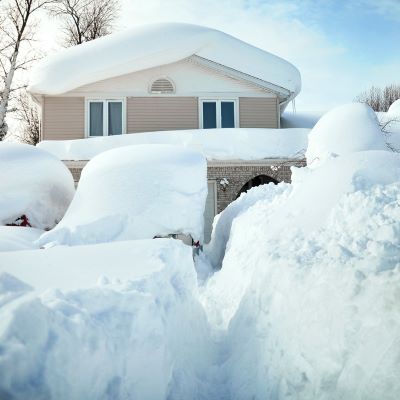While hurricanes and blizzards may come with some fair warning, many natural disasters strike with little to no warning at all. Depending on where you reside in the United States, different types of disasters can impact your area throughout the year. The Great Plains aren’t likely to see a hurricane any time soon and tornadoes may be scarce in Alaska, but that doesn’t mean they’re free from the negative impact that comes with adverse weather.
From 2011 to 2021, 90% of all counties in the United States, representing 93% of the country’s total population, suffered a weather disaster. And because many disasters can be interconnected, it’s wise to be wise about weather patterns happening throughout your region.
Because Recoop Disaster Insurance is here to protect your family and your finances after disaster strikes, we wanted to share top tools to help you stay tuned into what could be coming your way:
- Did you know there are 122 National Weather Service Forecast offices across the country where you can find and follow the latest details about area conditions? Find your local office and sign up for their social media updates.
- The National Oceanic and Atmospheric Association (NOAA) also offers a Weather Radio All Hazards network that broadcasts continuous weather information directly from the nearest National Weather Service office. Find your local station and save that place on the dial to tune into warnings, watches, forecasts and other hazard information 24 hours a day, seven days a week.
- Understand what local notification systems your community uses. Some have outdoor sirens while others may use social media or text communication systems that may require you to ‘opt in’ to alert residents to severe weather or other emergencies. Check out what weather resources your local television and radio stations provide either over the air or on mobile.
- Is your cell phone making a strange sound you simply cannot ignore? That could be from the Wireless Emergency Alerts (WEA) system, which is a nationwide text emergency alert system designed to warn you when weather is threatening your area. It also alerts you to other local emergencies that could require immediate action, like AMBER alerts, and Presidential alerts in case of a national emergency.
- And while we enjoy so many high-tech tools to stay in tune with what’s happening around us, be sure to invest in a portable radio and extra batteries as part of your emergency preparedness kit so you can stay connected in case access to TV, web and mobile are cut off.
To learn more about how you can prepare for disaster, visit NOAA’s list of home safety tips.

